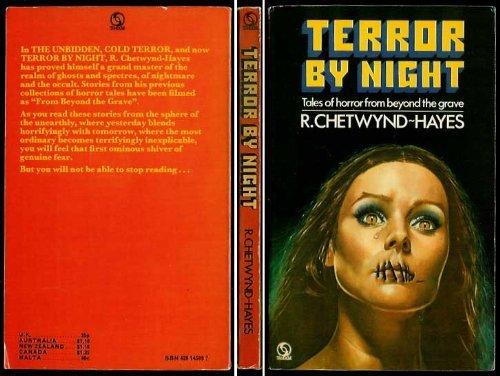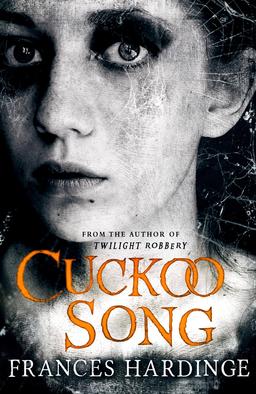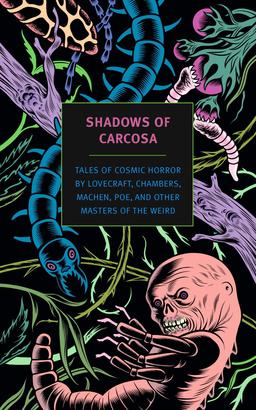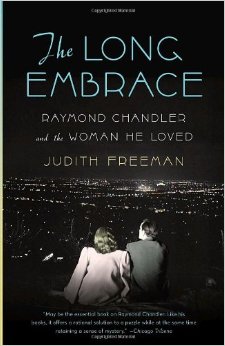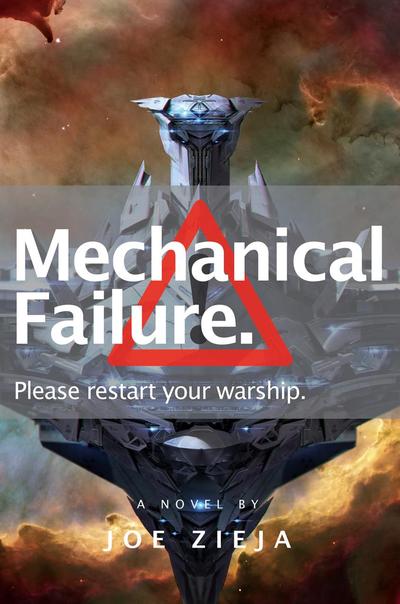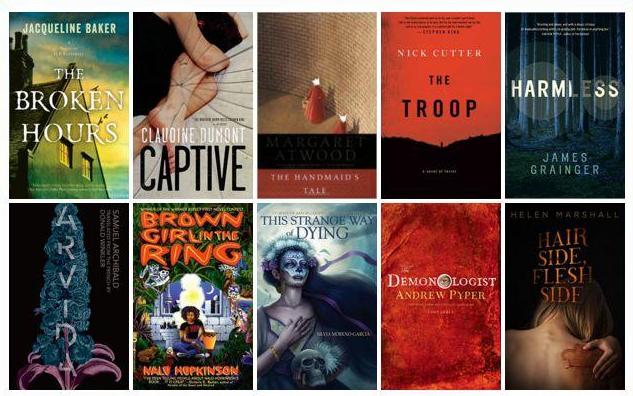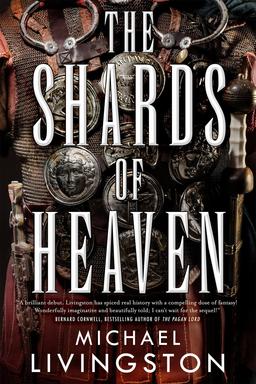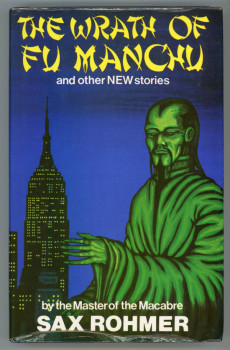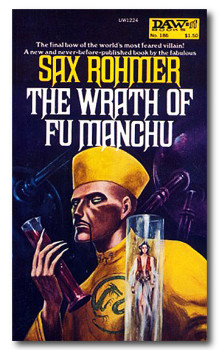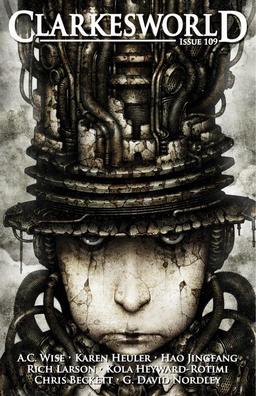 Neil Clarke’s editorial in the latest issue of Clarkesworld (a sequel of sorts to last issue’s editorial, “The Sad Truth About Short Fiction Reviews“) is titled “The Sad Truth About Short Fiction Magazines.”
Neil Clarke’s editorial in the latest issue of Clarkesworld (a sequel of sorts to last issue’s editorial, “The Sad Truth About Short Fiction Reviews“) is titled “The Sad Truth About Short Fiction Magazines.”
Did you know that there are only three genre fiction magazines that completely support themselves from the revenue they generate? These are Analog, Asimov’s, and the Magazine of Fantasy & Science Fiction, collectively known as the Big Three. Others, like Tor.com and Subterranean (now closed), are supported by the revenue of their parent companies. Below them are four more groups: the non-profits (like Strange Horizons and Beneath Ceaseless Skies); the hobbyists or beginners (typically characterized by low or no pay for authors); the aspirants (they pay authors SFWA-qualifying rates or better, but haven’t found reliable way to cover that cost); and the conceivable (the aspirants that have learned to generate enough revenue to cover costs, but not adequately compensate their staff)…
Lately, I’ve started seeing projects to resurrect dead magazines or save those that couldn’t get enough subscribers to sustain their ambitious goals. It’s uplifting to see our community rallying around these causes, but are we setting ourselves up for a fall in the process? Are we simply delaying the inevitable, like what happened with Realms of Fantasy? (For those who don’t know, Realms of Fantasy was a print magazine that kept coming back from the dead because there were people passionate enough about it to want to see it continue, but not enough to make it a viable business.)
When people debate the future of short fiction magazines in our industry, it tends to turn grim pretty quickly, and Neil’s article is no exception. Still, it’s impossible to argue with his final reasoning: if you care about the future of short fiction — and you definitely should — the most important thing you can do is try new magazines, find a few you enjoy, and support them.
Issue #109 of Clarkesworld has seven stories — five new, and two reprints — from A.C. Wise, Rich Larson, Kola Heyward-Rotimi, Karen Heuler, Hao Jingfang, G. David Nordley, and Chris Becket.
…
Read More Read More
